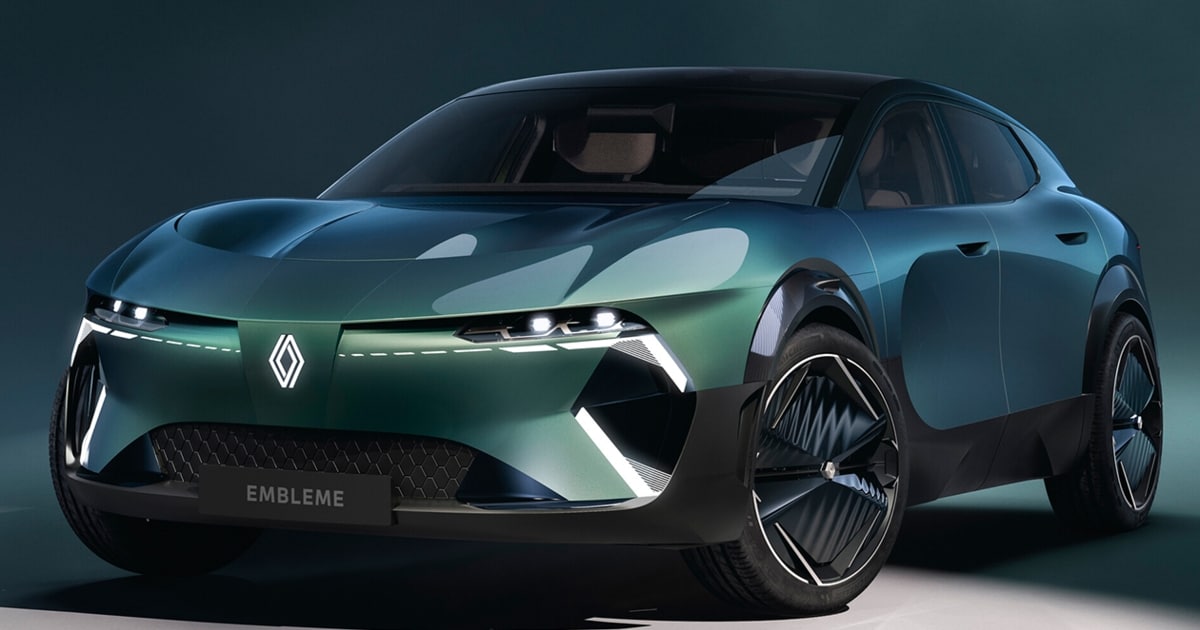Renault Unveils Emblème Crossover Concept at Paris Motor Show with Hydrogen Fuel Cell
Key Ideas
- Renault presents the Emblème crossover concept, featuring a hydrogen fuel cell for longer trips alongside its electric battery for daily use.
- The incorporation of a 30 kW hydrogen fuel cell allows for up to 1000 kilometers of driving with short refueling breaks, emphasizing convenience on long journeys.
- The design of the Emblème places a strong focus on aerodynamics, achieving a drag coefficient of 0.25 through various innovative features like integrated cameras and concealed wipers.
- While Renault has not confirmed series production plans, the Emblème showcases the potential for hydrogen fuel cells in passenger vehicles, expanding beyond their current use in commercial vehicles.
Renault has unveiled the Emblème crossover concept at the Paris Motor Show, presenting a family electric car that integrates a hydrogen fuel cell for extended vacation trips. The vehicle operates primarily on electricity from a 40 kWh lithium-ion battery for day-to-day driving, while a 30 kW hydrogen fuel cell serves as an additional energy source for longer journeys. This dual power system allows the Emblème to cover distances of up to 1000 kilometers with just two brief refueling stops, showcasing the convenience of hydrogen technology on the road.
The design of the Emblème prioritizes aerodynamics, evident in its low drag coefficient of 0.25. Various aerodynamic features, such as integrated cameras in place of traditional wing mirrors, concealed windscreen wipers, and electric door handles, contribute to the vehicle's efficiency. Additionally, the Emblème's underbody design and active diffuser further enhance its aerodynamic performance.
Renault's focus on hydrogen fuel cells in the Emblème represents a shift towards utilizing this technology in passenger vehicles, a departure from their previous emphasis on fuel cells for commercial applications. While the company has not confirmed plans for series production, the Emblème serves as a promising example of the potential for hydrogen fuel cells to enable long-distance travel in a sustainable manner.
